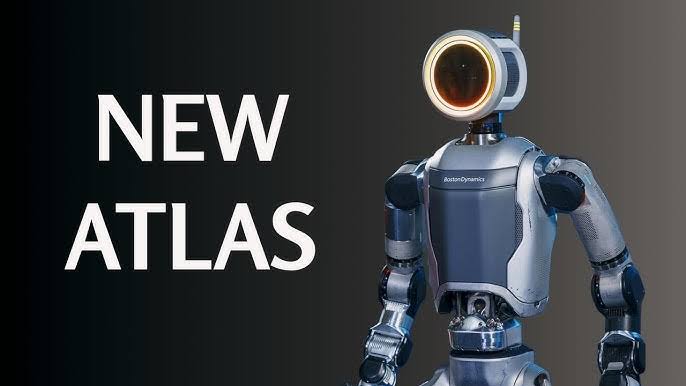Boston Dynamics has once again pushed the boundaries of robotics with a new demonstration of its humanoid robot, Atlas.
In a recent video, the company showcased a completely redesigned version of Atlas, with remarkable agility and a level of mobility that sets a new standard in humanoid robotics. This new iteration of Atlas can perform complex movements such as cartwheels, breakdancing, and complex leaps.
Unlike its predecessor, which was hydraulically powered, Atlas is fully electric. This way, these new robotics will have more precise control, reduced maintenance and have more compact designs.
While this demonstration may seem groundbreaking, it also raises questions about the future of humanoid robots in the everyday environments. In the same light, it raises concerns about the ethical and societal implications of highly advanced humanoid robots.
Some experts fear that these “overly-humanized” robots are just flexible and can’t have real life applications. Instead, they prefer the “stiff-necked” robots produced by companies like Tesla because they can perform repetitive tasks as we see them.
Meanwhile, it is these “overly-humanized” robots that could take over the industry because their usage is not confined to humanoid demonstration alone. Atlas could potentially assist in warehouse operations, construction sites, and emergency situations where human intervention may be risky. This is only possible because of their ability to move flexibly.
With this leap in humanoid mobility, Boston Dynamics has restated its position as a pioneer in robotics. As Atlas continues to develop, its capabilities will likely influence how robots integrate into various industries, potentially reshaping the way humans and machines coexist in the future.







